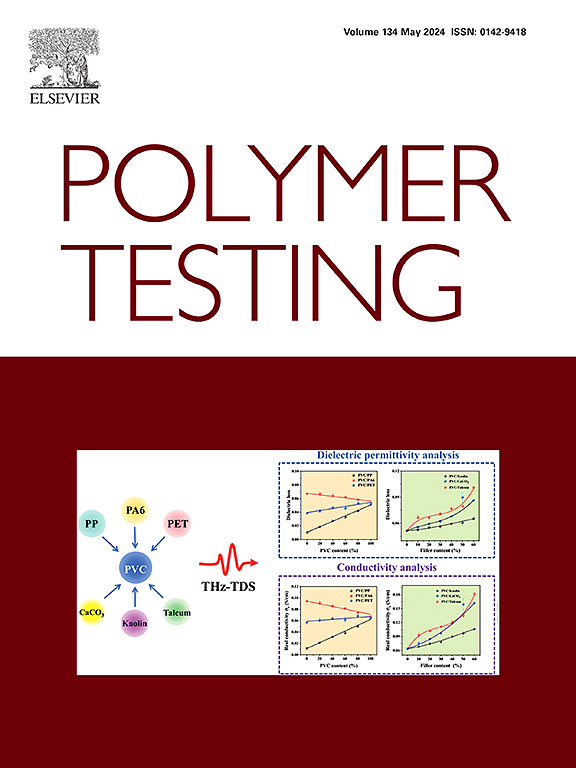Research on tire tread abrasion performance considering the patten and slippage with verification
IF 5
2区 材料科学
Q1 MATERIALS SCIENCE, CHARACTERIZATION & TESTING
引用次数: 0
Abstract
The wear, rolling resistance, and wet grip are the most important performance of tires. The wear of tires rubber is influenced by various factors such as formula composition (such as butadiene rubber content), rubber strength, heat generation performance, etc. It is a complex problem involving mechanics and thermodynamics. Unfortunately, commonly used wear testing equipment in the tire industry, such as DIN abrasion, Akron abrasion, and Lambourn abrasion, cannot accurately characterize the wear performance of tires. The ABS control slippage during vehicle acceleration and braking provides sufficient grip in contact with the road surface, which is the most critical cause of tire wear. The wear performance of rubber at different slippage is a key factor affecting tire life. In this study, three compounds were developed, differing significantly in hardness, modulus, and the filling ratio of silica, to be manufactured as tire tread. The slippage was calculated with the results of the tire pattern model and pressure blanket tests. Subsequent wear performance tests were conducted on a fully automated wear testing machine under different slippage. Compared to the DIN and Cut-chip test results, the correlation with the taxi road test outcomes was enhanced when different slip rates were considered. This study introduces a novel method for assessing wear by calculating the tire slippage. By accounting for variables such as tire pattern and rubber rigidity, the slippage under ABS-controlled conditions was determined. Consequently, the wear performance demonstrated a stronger correlation with tire mileage as evidenced by the taxi road tests.

求助全文
约1分钟内获得全文
求助全文
来源期刊

Polymer Testing
工程技术-材料科学:表征与测试
CiteScore
10.70
自引率
5.90%
发文量
328
审稿时长
44 days
期刊介绍:
Polymer Testing focuses on the testing, analysis and characterization of polymer materials, including both synthetic and natural or biobased polymers. Novel testing methods and the testing of novel polymeric materials in bulk, solution and dispersion is covered. In addition, we welcome the submission of the testing of polymeric materials for a wide range of applications and industrial products as well as nanoscale characterization.
The scope includes but is not limited to the following main topics:
Novel testing methods and Chemical analysis
• mechanical, thermal, electrical, chemical, imaging, spectroscopy, scattering and rheology
Physical properties and behaviour of novel polymer systems
• nanoscale properties, morphology, transport properties
Degradation and recycling of polymeric materials when combined with novel testing or characterization methods
• degradation, biodegradation, ageing and fire retardancy
Modelling and Simulation work will be only considered when it is linked to new or previously published experimental results.
 求助内容:
求助内容: 应助结果提醒方式:
应助结果提醒方式:


